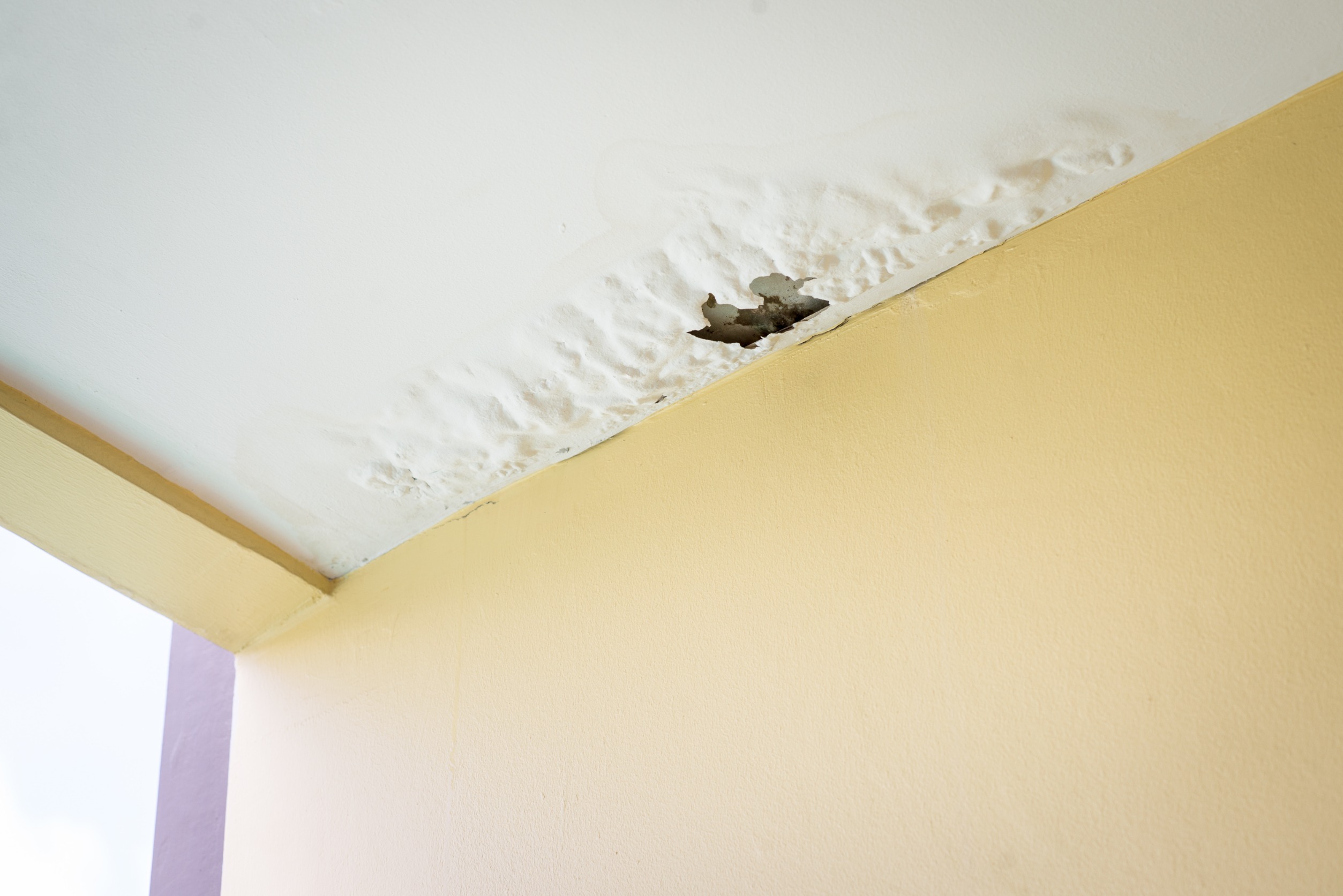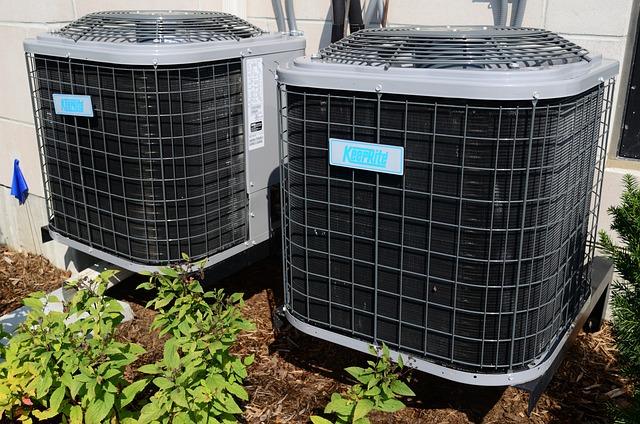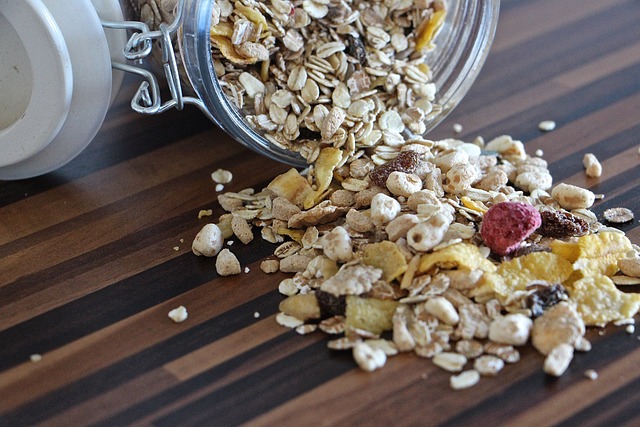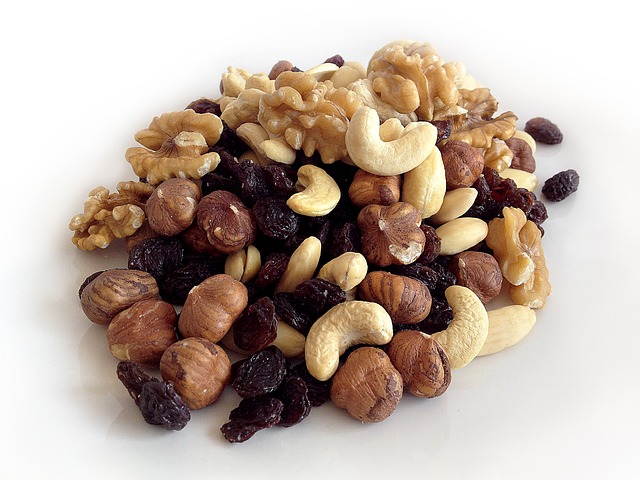Mycotoxin Testing
Testing for Mycotoxin Poisoning in humans has never been easier or more precise with US BioTek urinary mycotoxin tests. The comprehensive mycotoxin test panels deliver results on 16 of the most common mycotoxins toxic to humans.
What Are Mycotoxins?
A poisonous compound produced by a fungus. The term comes from the Greek words mykes, meaning “fungus,” and toxikon, meaning “poison.”
Mycotoxins are secondary metabolites produced by fungi (mold), meaning that they are not essential for the fungus’s survival. However, they can provide the fungus with a competitive advantage, such as by making the fungus more resistant to predators or pathogens.
MYCOTOXIN Symptoms
|
Chronic Fatigue/Exhaustion |
Sinusitis and Sinus Issues |
| Brain Fog | Immune Suppression |
| Chronic Illness | Depression |
| Anxiety | Anemia |
| Fluid Retention | General Weakness |
| Shortness of Breath |
MycoToxin Testing Panels
MYCOTOXIN Profile
The MycoToxin Panel tests for 16 of the most common mycotoxins emitted by 5 mycotoxin families providing insights into the potential toxic mold burden created by hundreds of mold varieties.
MOE-Tox Complete Profile
The MOE-Tox Complete Profile combines the markers of the Organic Acids Profile, Environmental Pollutants Profile, and the MycoToxin Panel into one comprehensive report to provide a complete snapshot of a patient's mitochondrial function and toxicity burden.
MYCOTOXINS WE TEST
-
Aflatoxin B1
Of the four aflatoxins that cause cancer in humans and animals, aflatoxin B1 is the most toxic, and is classified by the World Health Organization as a class 1 carcinogen. Though it primarily attacks the liver, this mycotoxin can also affect the kidneys, lungs and other organs.
-
Aflatoxin B2
Like aflatoxin B1, aflatoxin B2 is produced by the fungi Aspergillus flavus and A.parasiticus. It's also a toxin and carcinogen that contaminates food products, primarily affects the liver and kidneys, it enters the body through the lungs, mucous membranes (nose and mouth), or even the skin, but is less potent than aflatoxin B1.
-
Aflatoxin G1
Born from a soil-borne fungus like the other aflatoxins, G1 also contaminates a wide range of food products including peanuts, cottonseed meal, oilseeds, vegetable oils, corn, and other grains in human food and animal feed. Aflatoxin contamination is most common in humid environments, especially tropical and subtropical regions.
-
Aflatoxin G2
The least toxic aflatoxin, G2 is still dangerous to humans and animals. Though less lethal than some of the other aflatoxins, G2 can also cause liver problems (including cancer, chronic hepatitis, and jaundice) and appears to play a role in Reye's syndrome. Like all aflatoxins, it can also adversely affect the immune system.
-
Satratoxin G
Though all of the trichothecenes are highly toxic, tests have determined that Satratoxin G is the most dangerous to people and animals. The black mold Stachybotrys chartarum produces several types of trichothecenes, but produces Satratoxin G and H in greater amounts than other toxins.
-
Satratoxin H
Not all strains of black mold (Stachybotrys chartarum) produce mycotoxins, but the ones that do typically produce more than one kind, including Satratoxin H. The mold is found on some agricultural materials, and in damp or water-damaged environments. Evidence suggests the mold is a serious problem in North America.
-
lsosatratoxin F
Another trichothecene mycotoxin produced by Stachybotrys chartarum, lsosatratoxin F is one of the contributors to "sick building syndrome," where health issues of building occupants are directly tied to time spent in moldinfected buildings. A 1984 World Health Organization Committee report suggested that up to 30 percent of new and remodeled buildings are possible causes of health problems due to poor air quality.
-
RoridinA
Like other macrocyclic trichothecenes, Roridin A is produced by mold, and is associated with a number of acute and chronic respiratory tract health problems. Experiments have shown that exposure to Roridin A can cause nasal inflammation, excess mucus secretion, and damage to the olfactory system.
-
Roridin E
Like many of the mycotoxins, Roridin E can cause the above respiratory and olfactory issues, and may also disrupt the synthesis of DNA, RNA, and protein, which can impact every cell in the body. Roridin E grows in moist indoor environments, but can also be produced by a soil fungus that contaminates foodstuffs, and is passed down the food chain to animals and then to humans.
-
Roridin H
Affecting human & animal health in much the same ways as other trichothecene mycotoxins, Roridin H is produced by mold, especially Stachybotrys chartarum, which grows well on many building materials subject to damp conditions, including wood-fiber, bards, ceiling tiles, water-damaged gypsum board, and air conditioning ducts.
-
Roridin L-2
This mycotoxin is also produced by dangerous molds, including black mold. Interestingly, environmental tests cannot always detect Stachybotrys, since its spores are large and heavy and not easily dispersed into the air so, they're more likley to get identified in urine tests. Unfortunately, mycotoxin molecules, including the very toxic Roridin L-2, are light and easily airborne and inhaled by occupants of an infected building.
-
Verrucarin J
Yet another mycotoxin produced by Stachybotrys chartarum, Verrucarin molecules are small enough to be airborne and easily inhaled. Experiments have determined that inhalation is the most dangerous form of exposure, but trichothecene mycotoxins can easily cross cell membranes, which means they can also be absorbed through the mouth and even the skin.
-
Verrucarin A
One of the most toxic trichothecenes, Verrucarin A is also produced by fungi and mold. Like Roridin E, Verrucarin A is found not only in molds created in damp environments but also in molds that occur naturally on a variety of crops intended for human and animal consumption.
-
Gliotoxin
The most common cause of mold diseases in humans is Aspergillus fumigatus, which produces gliotoxin, a mycotoxin that suppresses the immune system. Found in many homes and buildings, A. fumigatus typically only infects individuals with compromised immune systems but can be deadly: Invasive Aspergillosis (IA) is generally the leading cause of death in immunocompromised people.
-
Ochratoxin A (OTA)
A toxin produced by different Aspergillus and Penicillium species - is one of the most-abundant foodcontaminating mycotoxins. It is also a frequent contaminant of water-damaged houses and of heating ducts. Exposure can also come from inhalation while in water-damaged buildings.
-
Zearalenone (ZEA)
Zearalenone (ZEA) is a mycotoxin that is mainly produced by Fusarium fungi. Zearalenone has a strong affinity towards the estrogen receptor, which can lead to increased activation of the receptor. This activation can lead to multiple reproductive disorders such as low sperm count, abnormal levels of progesterone, disruption of ovulation, infrequent periods, reduced birth weight, and lower survival rate of the fetus.
Simple Urine Collection
At US BioTek Laboratory, our Mycotoxin panels use a simple liquid urine specimen collection. Click here to view the collection instructions.
Practitioners with US BioTek Accounts can order free collection kits here.
Testing Method
The Mycotoxin Panel is run using Enzyme-Linked Immunosorbent Assay (ELISA). An established immunological technique, ELISA is widely used to detect the presence of specific antibodies or antigens in a patient’s blood.
The ELISA method detects mycotoxins that have been structurally modified within the body providing more accurate results than similar testing run through mass spectrometry.
Where Mycotoxins Are Found
Molds that create Mycotoxins can be found in a variety of places including our homes, our works, and the foods we eat.









